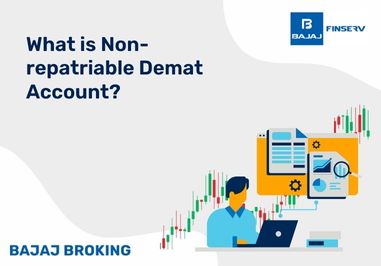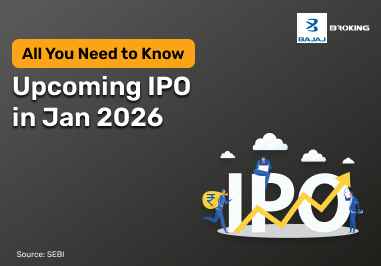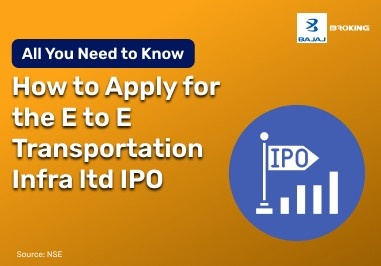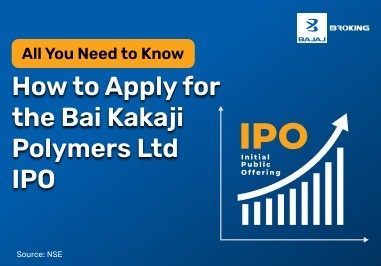The ex-dividend date and the record date are two crucial dates that are involved when a publicly traded company declares a dividend. These establish a shareholder's eligibility to receive the declared dividend. Despite their frequent interchangeability, these terms serve different functions in the dividend distribution schedule.
The deadline for purchasing shares in order to qualify for the next dividend is known as the ex-dividend date. An investor will not be eligible for the dividend if they purchase the stock on or after this date. The day the business looks through its records to determine which shareholders are eligible for the dividend, however, is known as the record date.
Understanding the difference between these two dates is essential for those who wish to align their trades around dividend announcements. Both dates play specific roles, and overlooking either can result in missed entitlements. The sections below provide details on their meanings, significance, differences, and more.
What is the Record Date?
The official date that a business sets to decide which shareholders are entitled to the declared dividend is known as the record date. It is the date on which the company reviews its shareholder register to identify all entitled investors.
Once a dividend is announced, the company informs the stock exchanges of the record date. Investors who are listed as shareholders in the company’s books on this date are considered eligible. However, due to the settlement cycle followed in India (T+1 basis), buying a share on the record date itself does not guarantee eligibility.
For instance, if a company sets June 10 as the record date, shares must be purchased at least one trading day prior — i.e., by June 9 — to ensure the transaction is settled and ownership is transferred in time.
Key points:
This is the date for confirming shareholder eligibility.
Shares must be settled in the investor's demat account by this date.
Determined and communicated by the company and stock exchanges.
What is the Ex-Dividend Date?
A stock's ex-dividend date is the day it starts trading without the value of its upcoming dividend payment factored into the price. The forthcoming dividend will not be paid to investors who bought shares on or after the ex-dividend date.
This date typically falls one working day before the record date, due to India's T+1 trade settlement mechanism. To be eligible for the dividend, one must purchase the stock before the ex-dividend date, so that the shares are credited by the record date.
For example, if the record date is June 10, the ex-dividend date would be June 9. Anyone buying shares on or after June 9 would not be eligible for the announced dividend.
Key considerations:
Reflects the cut-off date for dividend eligibility.
Stock trades "ex-dividend" from this date onward.
Impacts the stock price, which may adjust downward to reflect the dividend payout.
Key Differences Between Ex Date and Record Date
Aspect
| Ex-Dividend Date
| Record Date
|
Definition
| The date from which shares trade without dividend entitlement
| The date on which the company checks for eligible shareholders
|
Timing
| Usually, one working day before the record date
| Set by the company announcing the dividend
|
Buyer Eligibility
| Shares bought on or after this date are not eligible
| Shares must be held on or before this date to be eligible
|
Impact on Stock Price
| The price may drop to adjust for dividend value
| No direct impact, administrative in nature
|
Investor Action Required
| Buy shares before this date
| Hold shares on this date
|
Visibility on Trading Platform
| Mentioned by exchanges and brokers before the dividend is declared
| Also communicated officially, but less emphasized
|
Understanding these differences enables investors to align their transactions more effectively around dividend events, reducing confusion.
Importance of Ex Date and Record Date for Investors
The ex-dividend date and the record date both serve to guarantee that dividend disbursement is transparent and equitable. For investors, timing trades around these dates can determine whether they receive the announced dividend or not.
For market participants, the ex-dividend date serves as a clear indicator. The adjustment for the dividend payout is typically the cause of a sharp decline in the stock price on this date. Understanding this helps avoid misinterpreting market trends.
On the other hand, the record date is more procedural, yet equally important. It determines the actual cut-off for eligibility and ensures the correct list of shareholders is captured.
In short:
Helps investors plan transactions around dividend announcements.
Reduces confusion and disputes over eligibility.
Enhances transparency in corporate action execution.
Common Misconceptions About Ex Date and Record Date
Ex-date and Record Date are the Same: While they are closely related, they serve different purposes.
Buying on Record Date Ensures Dividend: Due to T+1 settlement, ownership must be acquired at least one day before the record date.
Dividend is Paid on Record Date: Dividend is usually paid on a later, separate payment date.
Ex-Dividend Date Has No Market Impact: Stock prices often adjust on the ex-dividend date to reflect the dividend payout.
Late Buyers Receive Dividend: Buying on or after the ex-date does not entitle an investor to the dividend.
How to Keep Track of Ex Dates and Record Dates
Monitor Company Announcements: Companies declare these dates in official press releases and filings.
Use Stock Exchange Websites: NSE and BSE publish detailed corporate action calendars.
Set Alerts on Trading Platforms: Many platforms offer alert features for dividend-related events.
Refer to Financial News Sources: Leading news portals regularly update dividend-related data.
Use a Trading Journal: Manually recording important dates helps with personal tracking and planning.
Conclusion
Navigating trades involving dividends requires an understanding of the distinction between ex-date and record date. These two dates ensure the efficient and equitable distribution of payouts, determining who receives the dividend that a company has declared. The record date serves as the administrative checkpoint for determining which shareholders are eligible to receive the dividend. In contrast, the ex-dividend date affects eligibility and the price at which the shares are traded.
Staying informed about these dates and planning transactions accordingly helps avoid surprises and ensures a smoother investment management process. Though the terms sound similar, their functions are clearly defined and non-interchangeable. For anyone seeking to stay informed and aligned with market processes, knowing the roles of the ex-dividend date and record date is essential.
Disclaimer: This blog is for informational purposes only and does not constitute investment advice in any form














